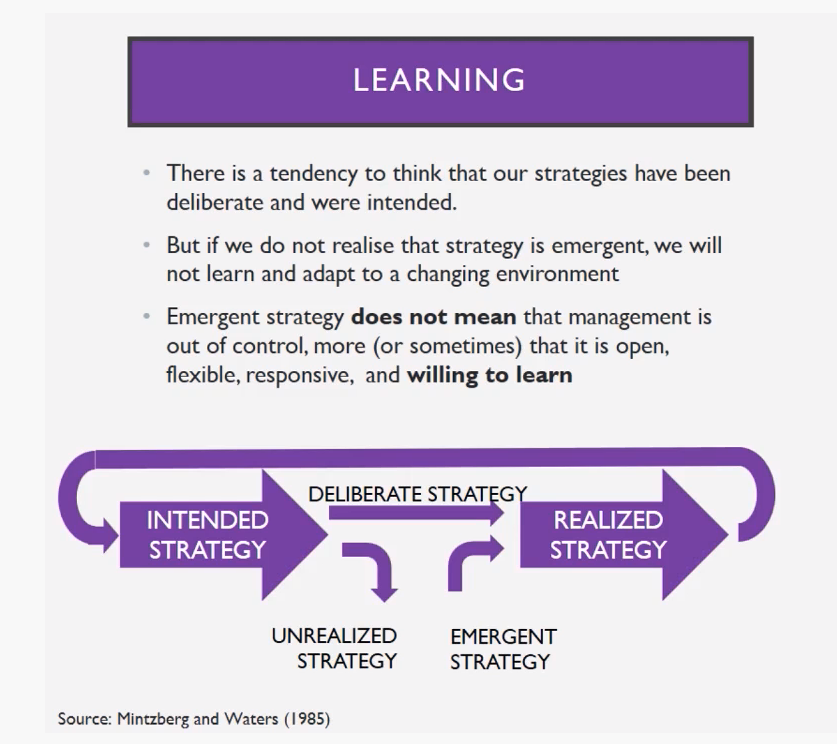When the rubber hits the road

Anyone who has attempted to create and then implement a strategy, will know there’s a big difference between what is intended when the strategy is written, and what is realised on implementing a strategy.
To the point in software testing, there’s been a push away from writing formal strategies. They’re often seen as irrelevant and past their use by date by the time they’ve been written.
But strategies in general can be really useful for a whole number of reasons. For instance, they can be used as a focusing tool, to help identify key areas to focus testing on. They’re an excellent analytical tool, challenging you to think about assumptions, constraints and resources. At a broader level, they can be used as a communication tool to justify budget in terms of people and resources.
But its not often that a software tester will go to a software testing strategy to figure out what to do next.
Thats because software testing strategies may begin with intent, but tend to rapidly evolve into emergent strategies.
What’s an emergent strategy? Mintzberg and Water (1985) came up with the term to help identify the gap between the intention and the realisation when it comes to strategies. I found this video useful as background reading.
Here’s an overview:

An emergent strategy is one that evolves once the rubber hits the road. When you begin testing and discover a whole new set of risks you hadn’t realised before and change direction to accomodate that, your strategy has just become emergent. It’s the strategy that emerges as assumptions get tested, constraints become concrete and context changes. If that is, you act on the information in front of you.
When working in complex, uncertain environments, when there’s more questions than answers, it makes sense for teams to be aware of the emergent nature of a software testing strategy.
So sure, create that strategy, provide intent. Remember though, dump what proves to be irrelevant, jump onto what emerges as useful.
When it comes to quality coaching, we too need to develop strategies. And, because quality has many dimensions that impact it, it makes sense to rely on an emergent strategy as opposed to a predetermined one. I’ll be tackling that topic either here on in my book.



Comments ()